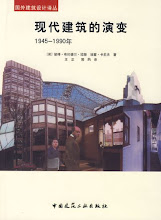Tuesday 9 July 2013
The Architectural Consequences of State Secularism
Next month will see the publication of the latest volume of the Ashgate Studies in Architecture series edited by Eamonn Canniffe
Beyond Anitkabir: The Funerary Architecture of Atatürk by Christopher S. Wilson
There have been five different settings that at one time or another have contained the dead body of Mustafa Kemal Ataturk, organiser of the Turkish War of Independence (1919-1923) and first president of the Republic of Turkey. Narrating the story of these different architectural constructions - the bedroom in Dolmabahce Palace, Istanbul, where he died; a temporary catafalque in this same palace; his funeral stage in Turkey's new capital Ankara; a temporary tomb in the Ankara Ethnographic Museum and his permanent and monumental mausoleum in Ankara, known in Turkish as 'Anitkabir' (Memorial Tomb) - this book also describes and interprets the movement of Ataturk's body through the cities of Istanbul and Ankara and also the nation of Turkey to reach these destinations.It examines how each one of these locations - accidental, designed, temporary, permanent - has contributed in its own way to the construction of a Turkish national memory about Ataturk. Lastly, the two permanent constructions - the Dolmabahce Palace bedroom and Anytkabir - have changed in many ways since their first appearance in order to maintain this national memory. These changes are exposed to reveal a dynamic, rather than dull, impression of funerary architecture.
Subscribe to:
Post Comments (Atom)







No comments:
Post a Comment